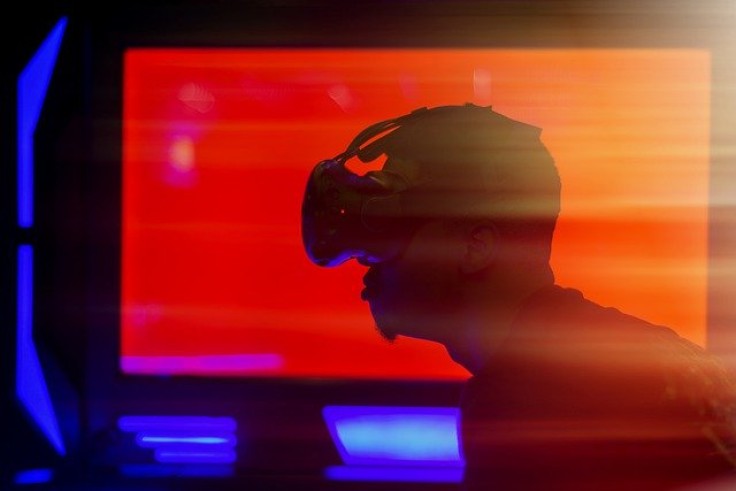Due to the COVID-19 pandemic, Hollywood is interested in using virtual reality technology to help the production of films recover. However, it seems that some studios have already dived into using virtual reality for their productions.

Visual Media Production And Virtual Reality
Disney used HTC Vive virtual reality headsets in tandem with Epic's Unreal Engine to create the wonderful immersive backgrounds of The Lion King and The Mandalorian seen on the big screen.
The newest production in the Star Wars series took place in an indoors soundstage with parts of an actual set in front of a light board that has a virtual background projecting onto it. This is an alternative to traveling to an expansive desert which is what George Lucas would have done many years ago.
What the virtual reality and indoor soundstage method gave us is a fantastic masterpiece of eye candy that might result in a new normal for movie productions as a method to continue producing movies during the ongoing global pandemic.
For some time now, Epic Games has been pitching that their Unreal Engine should be used beyond making video games, and this has been coming true over the past four years.
Using VR lightboard technology as an upgrade to green screens for sequences involving vehicles such as in the video game adaptation Rampage and Oblivion from Martin Scorsese.
In Hollywood, there has been a significantly shorter turnaround with virtual reality technology, but the creator of The Mandalorian Jon Favreau is an early advocate for VR technology. He has used it with his three most recent productions with the Mouse House.
However, this was all before the global pandemic shut movie productions down. According to a report from CNBC, how films are captured needs to be thought over by Hollywood productions as soon as possible.
Read also: No, 'Tenet' from Christopher Nolan Won't Be The Movie That Will Resurrect Theaters: Guess What?
Virtual Reality Works With Social Distancing
VR technology has become the go-to way to keep crew and cast socially distant while producing films.
An example of great use for virtual reality in movie production is scouting for locations. Location scouting is when a studio gets a crew to a location that they're interested in using the locations for their film. Then after they get their shots of a location that they want to use, they rework it into a virtual reality environment to use it in their films' final shots.
Most of the many ordinary work environments all over the country use video calling technology such as Skype and Zoom to work with each other while at home. However film productions don't use plain video calls to coordinate, they instead use virtual reality sets where they can discuss possible shots and the various camera angles. If you know what VRChat is, then it's like that.
The video game industry has been ahead with creating virtual visually-stunning worlds. In the industry's quest to create experiences that are like interactive movies, it has seemingly surpassed Hollywood when it comes to constructing wonderful views that only the imagination could come up with.
Virtual reality is quickly being adopted by numerous studios around the world due to the ongoing pandemic. The combination of virtual reality and movies is long overdue. Perhaps it will now exceed everyone's expectations and assist studios in creating masterpieces.









